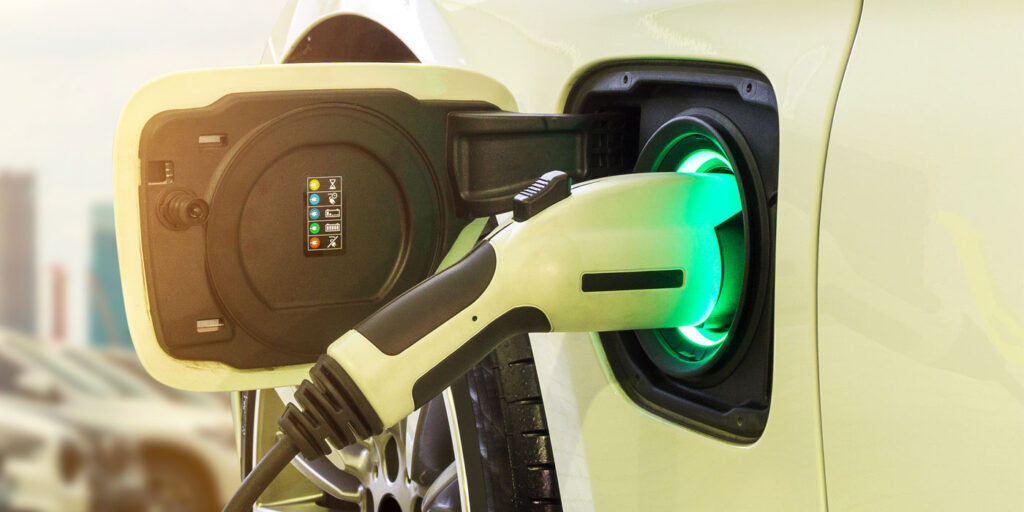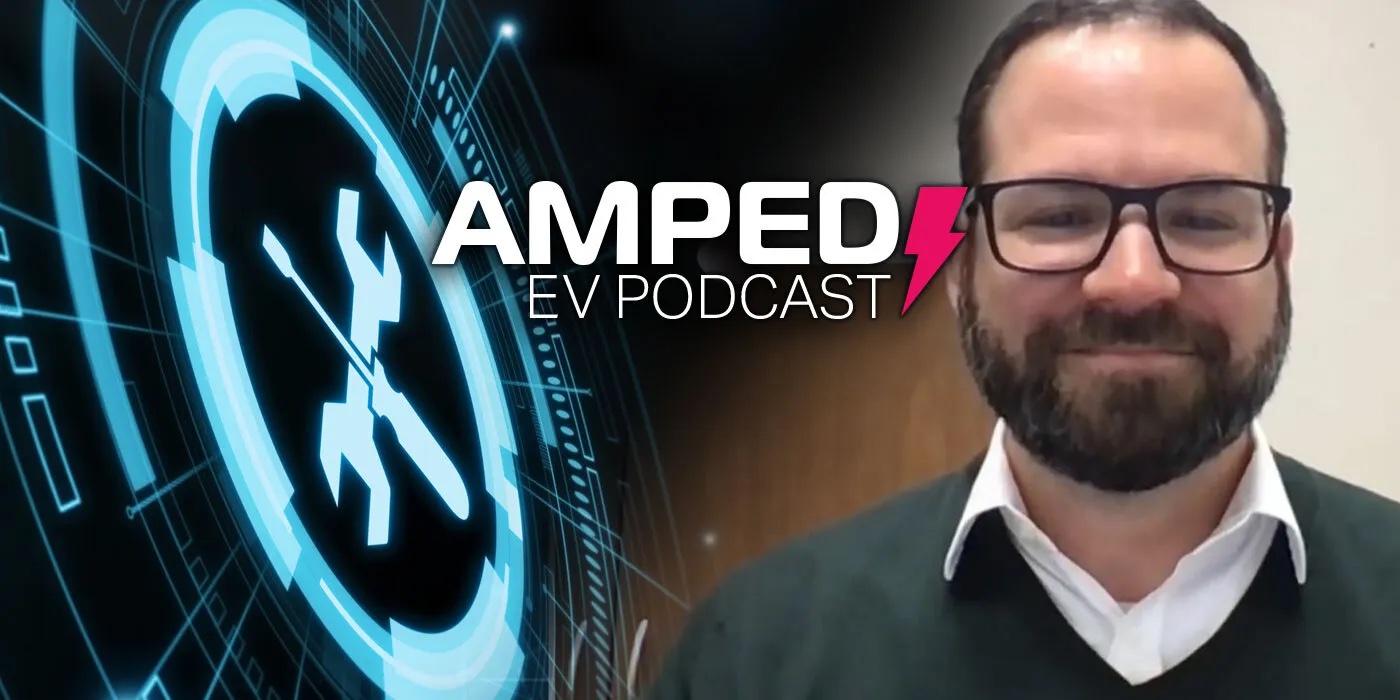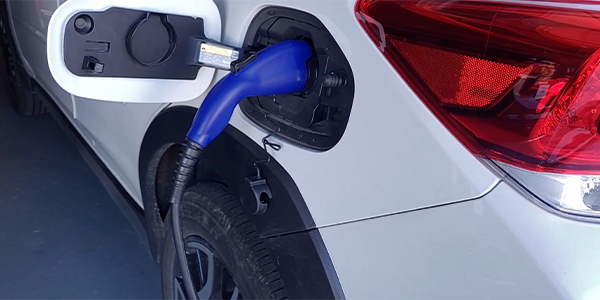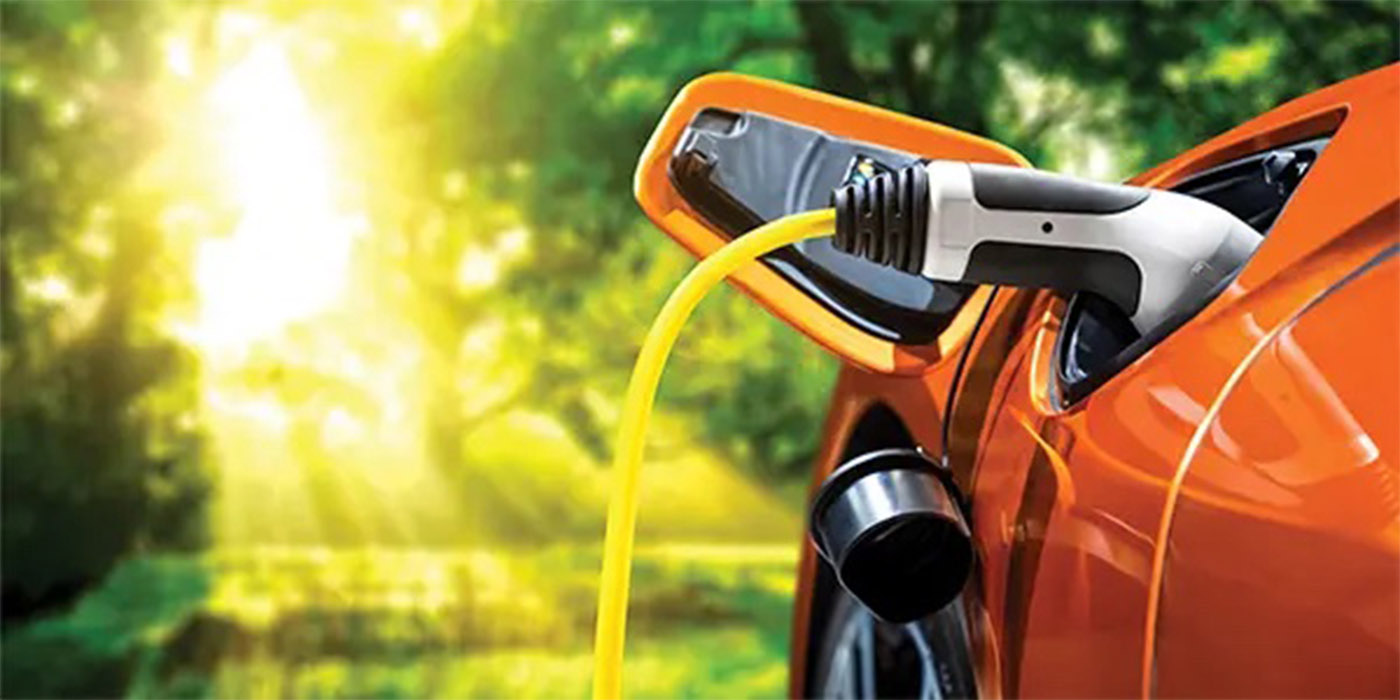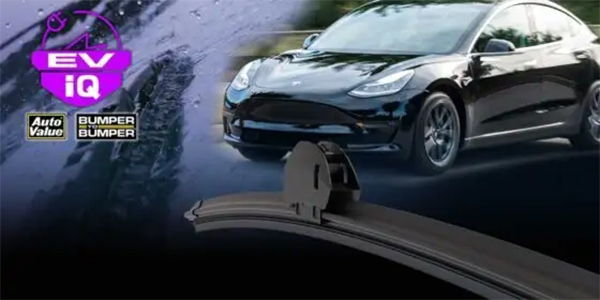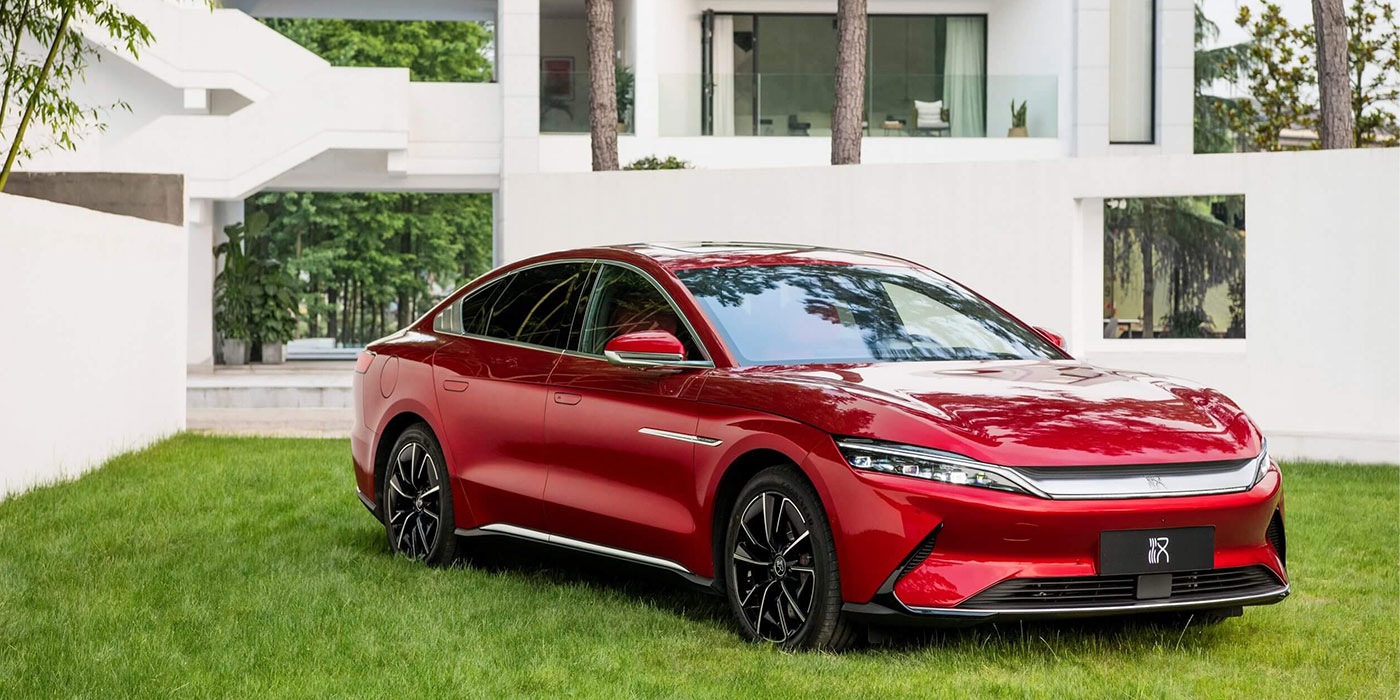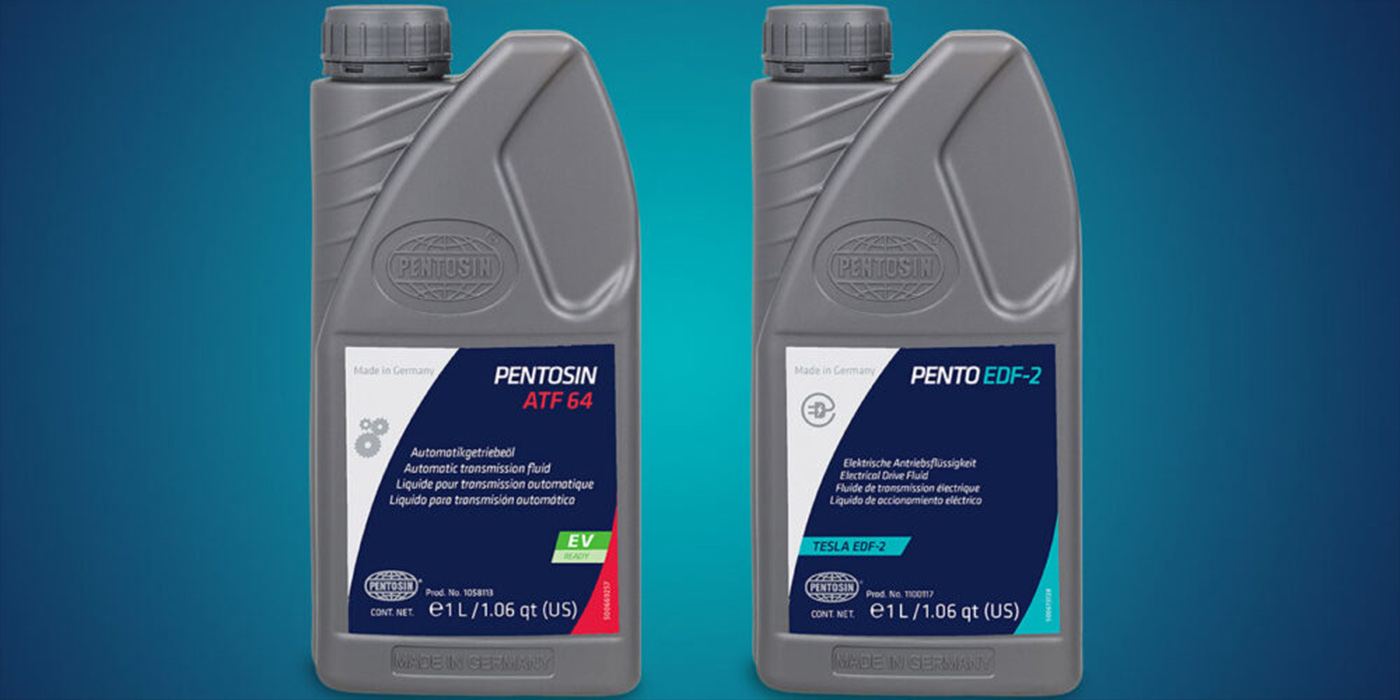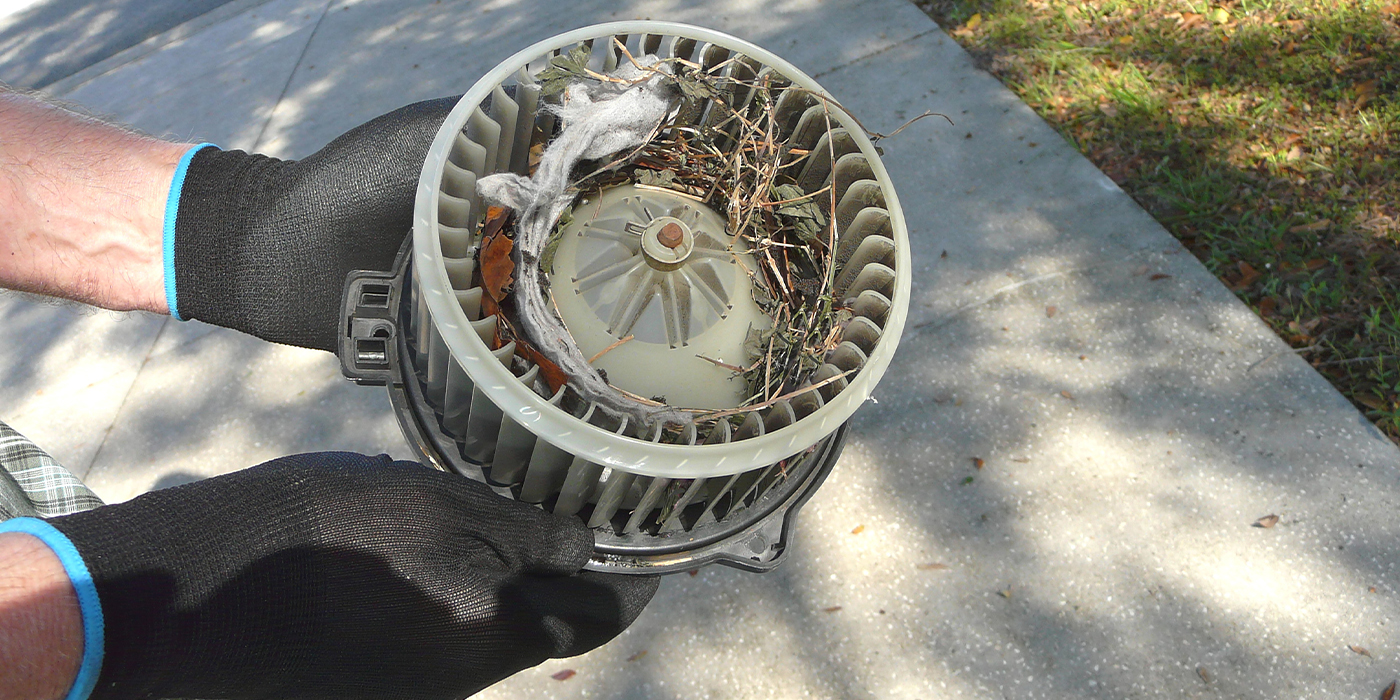It would be an easy argument to say that the advent of hybrid and electric vehicles has brought with it the single biggest change in history to the automotive repair industry. And as the number of hybrid vehicles on the road steadily increases, so does the number of them that will need service. While they are anything but new, they are still new to a lot of us when it comes to repair.
My first experience with a hybrid was for an oil change. I figured it would be no problem, and it really wasn’t, I just stayed miles away from any orange cabling. That’s all I knew about them. Then I discovered I had no idea how to start the engine to check for leaks, and I realized how different they were going to be.
So, when it comes to diagnostics, now, more than ever, your scan tool is your first tool. You might be thinking that’s been the reality for a while, and you’re right it has, but on hybrid vehicles, due to their advancements and safety concerns, it’s just an absolute necessity to start with your scan tool – no more tinkering and tugging on wires.

If you follow a strict diagnostic process that utilizes manufacturer flow charts and service information, you’re already on the right path, but you’ll have to get used to a whole new set of codes and terminology. Whoever thought motor electronics coolant, drive motor temperature or generator temperature would be things we would ever associate with auto repair?
There is an endless list of codes that you’ve never seen before, but more important is the safety aspect that is involved. Early hybrid vehicles operated on voltage between 150V to 300V. Now we’re commonly seeing 500V to 600V – and even higher voltages are on the horizon.
If you’d rather walk barefoot through a pond full of snapping turtles, you’re not alone. That was my first reaction. But though it sounds dangerous, if you follow OEM safety procedures and you wear the proper personal protective equipment, you can virtually eliminate the danger.
A procedure that you will become familiar with, but that differs between manufacturers, is the de-energization of the electrical system. Many of these procedures begin with a scan tool, and there can be additional safety implications based on the trouble codes that are present. The procedure and steps are specific, and it’s important not to miss one. There will also be a wait time for capacitors to discharge, and in many cases the requirement to check for voltage.
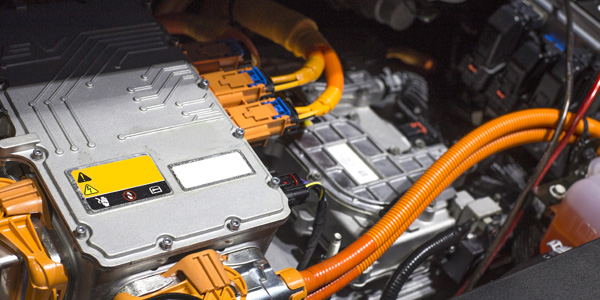
A hybrid vehicle also has an internal combustion engine, and many aspects of diagnosis will not be different in that regard, but there is a lot to learn about hybrid vehicles and the different technology that they utilize. Not only is a scan tool the only equipment that will allow you to communicate with the vehicle, but it can also be a source for technical service bulletins and safety information.
Orange is a common color for high voltage cables on a hybrid vehicle, but it’s not always. There are other colors utilized too. The bottom line is to utilize OEM information from your scan tool or another source if needed and follow it to the letter. Overall, the diagnostic process hasn’t changed, but the cars have. Your scan tool should be up to the challenge.

